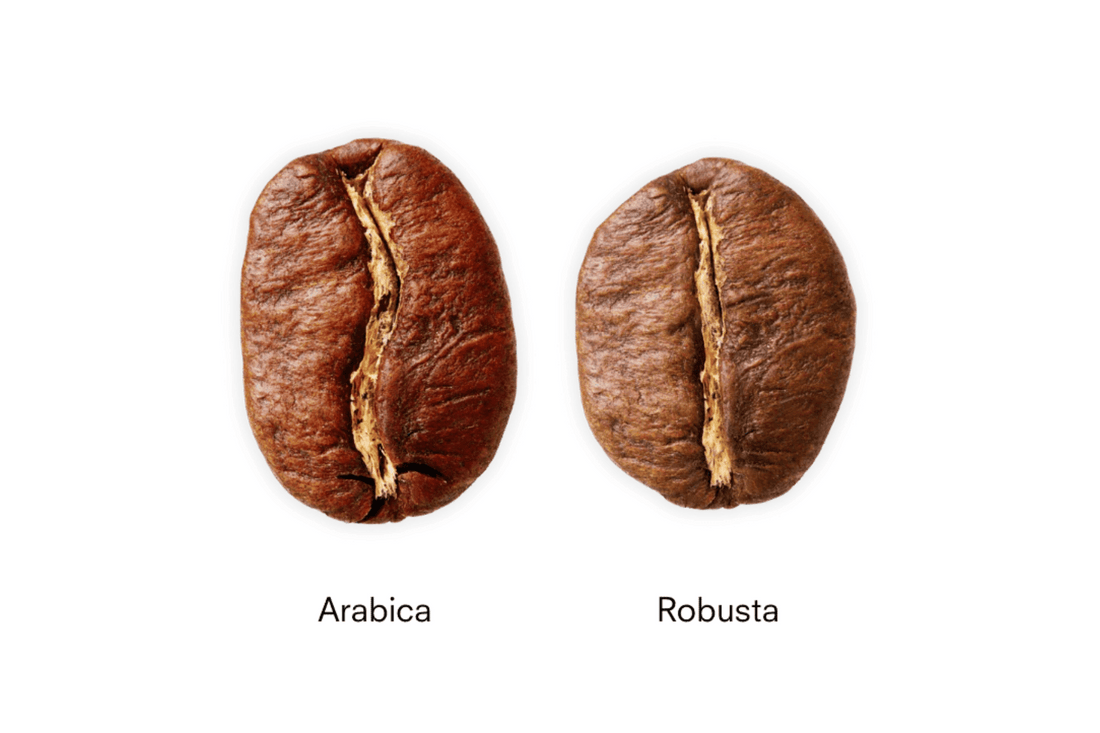Historically, the robusta coffee bean was considered the black sheep of the specialty coffee family, often avoided due to its inferior quality and unappealing taste. However, attitudes toward this once commodity-grade coffee bean are slowly changing, and we are increasingly likely to see it featured alongside its arabica counterparts on café menus around the world in the future.
Several factors are contributing to the resurgence of the robusta coffee bean, including quality improvements, climate change, and price advantages.
Over the past decade, deliberate investments and innovations have been made to improve the overall quality of robusta coffee, helping it rebrand from “rubbery robusta” to “unique Amazonian canephoras with wonderful potential”. While its caffeine content remains higher than that of arabica beans, robusta’s intense, earthiness, combined with smoky undertones of wood and nuts, adds a new dimension when blended with an arabica.
The undeniable impact of climate change on arabica yields is also elevating robusta's profile as it steps in to fill the gap left by diminishing arabica production. Over the last two decades, robusta production has increased significantly, now accounting for nearly 40% of total global coffee production. Its resistance to pests and disease ensures a more predictable volume output, which is essential for a thriving coffee industry.
Finally, in the current climate of record-breaking coffee prices, robusta offers a more cost-competitive alternative for both roasters and consumers. With robusta priced at about half that of arabica, it serves as a hedge against the coffee inflation being experienced today.
The robusta coffee bean is shedding its poor image and proving its value to the coffee industry.
Robusta Renaissance

